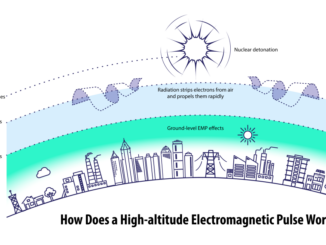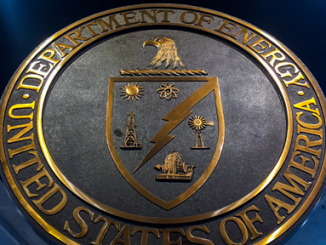Magnet Applications, Inc. has signed a Cooperative Research and Development Agreement (CRADA) with the US Department of Energy’s Oak Ridge National Laboratory (ORNL). The joint research project is in the area of additive manufacturing of isotropic NdFeB bonded permanent magnets and will utilize ORNL’s knowledge and technologies of a wide range of additive manufacturing processes.
Conventional manufacturing methods to make permanent magnets are inefficient and generate a sizable waste. Recycling the waste material is not an easy task considering that the rare-earth elements tend to oxidize during high temperature treatment during purification processes. Therefore, alternative ways need to be explored that not only require less energy during manufacturing but also generate less waste material.
ORNL and MAI will perform collaborative research to fabricate net shape bonded NdFeB magnets. Building of net-shape bonded NdFeB magnets and systems without tooling could lead to applications in motors, sensors and enable novel motor topologies to be produced economically at relatively low volumes. In addition, one step processing of magnet assemblies incorporating both mechanical and soft magnetic components will lead to lower manufacturing costs and higher rare earth material yields.
“We are excited to be working with Department of Energy and believe the research done under this CRADA has significant potential to improve efficiencies in many manufacturing
applications while reducing waste,” commented Dr. John Ormerod, Senior Technology Advisorat Magnet Applications.
This CRADA will be coordinated with related ongoing research in the Department of Energy’s Critical Materials Institute (CMI). One of the goals of CMI’s additive manufacturing of permanent magnets project is to fabricate complex geometries of NdFeB based bonded magnets with improved magnetic anisotropy and high temperature stability using additive manufacturing techniques. The CRADA will provide a path towards commercializing or adopting a method developed through CMI into the market place.
This research is supported by DOE’s Office of Energy Efficiency and Renewable Energy –
Advanced Manufacturing Office under the Manufacturing Demonstration Facility at ORNL. AMO supports applied research, development and demonstration of new materials and processes for energy efficiency in manufacturing as well as platform technologies for the manufacturing of clean energy products.
ORNL is managed by UT-Battelle for the Department of Energy’s Office of Science. DOE’s
Office of Science is the single largest supporter of basic research in the physical sciences in the United States, and is working to address some of the most pressing challenges of our time. For more information, please visit science.energy.gov.



